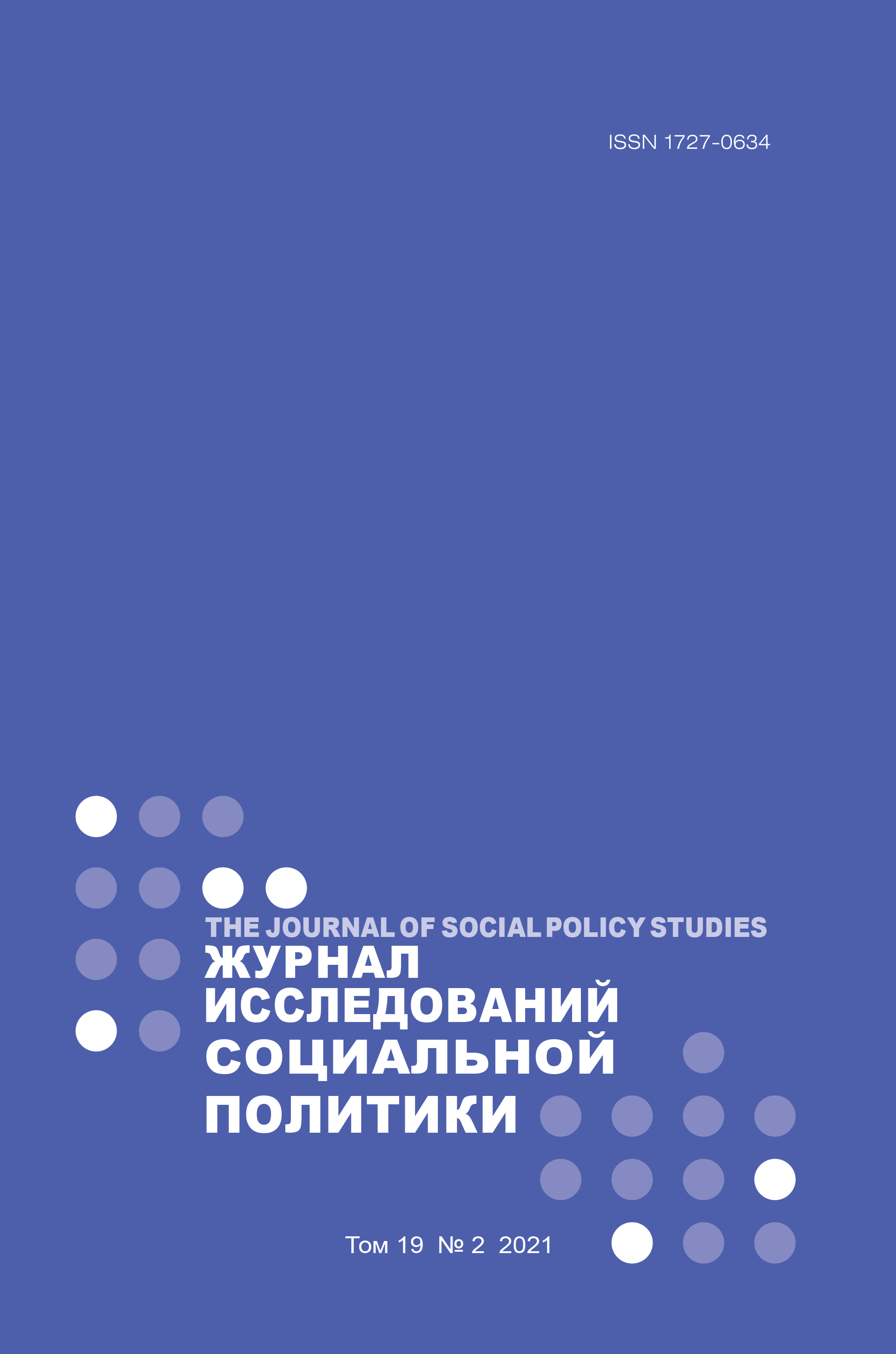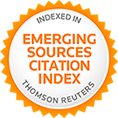'Players' in 'Arenas': A Study of Interactions in Local Urban Conflicts (A Case Study of Saint Petersburg and Moscow)
Abstract
This article presents the results of a comparative study of urban political fields in Moscow and Saint Petersburg. The empirical foundation for our analysis is the unique database of urban conflicts that took place in these two cities in 2012–2014, containing the data on the interactions of different parties involved in the negotiations of the contested urban development projects. We also rely on interviews with experts and protest leaders in Moscow and Petersburg. Building on the theory of strategic action fields and the strategic interaction perspective, we analyse Moscow and Petersburg’s urban politics as distinct fields, where specific configurations of arenas, civic infrastructures, and relationships among players, participants of the political process, emerge and develop. Moscow’s urban political field is characterised by the prevalence of large federal urban redevelopment projects and the notable involvement of city bureaucrats as the adversaries of protesters. Saint Petersburg, with its smaller city budget, is more oriented toward attracting business investors for redevelopment. These features of urban political fields shape the emerging configurations of players and their interactions in two cities. We analysed the interaction dynamics among players in the urban redevelopment-related conflicts and identified several scenarios: 'desperate urbanite', 'expert battle', 'strong assailant', 'weak assailant', 'fragmentation of interests', and 'broad alliance'. These scenarios involve different formats of alliances among players (or lack thereof), the prevalence of different ('formal' or 'situational') arenas, varying levels of assertiveness of players. The scenarios also differ in terms of the possible outcomes of the conflicts. 'Broad alliance' and the 'weak assailant' are associated with higher chances of protesters to succeed. The identified scenarios are ideal analytic types; in reality, elements of different scenarios can coexist in the development of a particular case.















